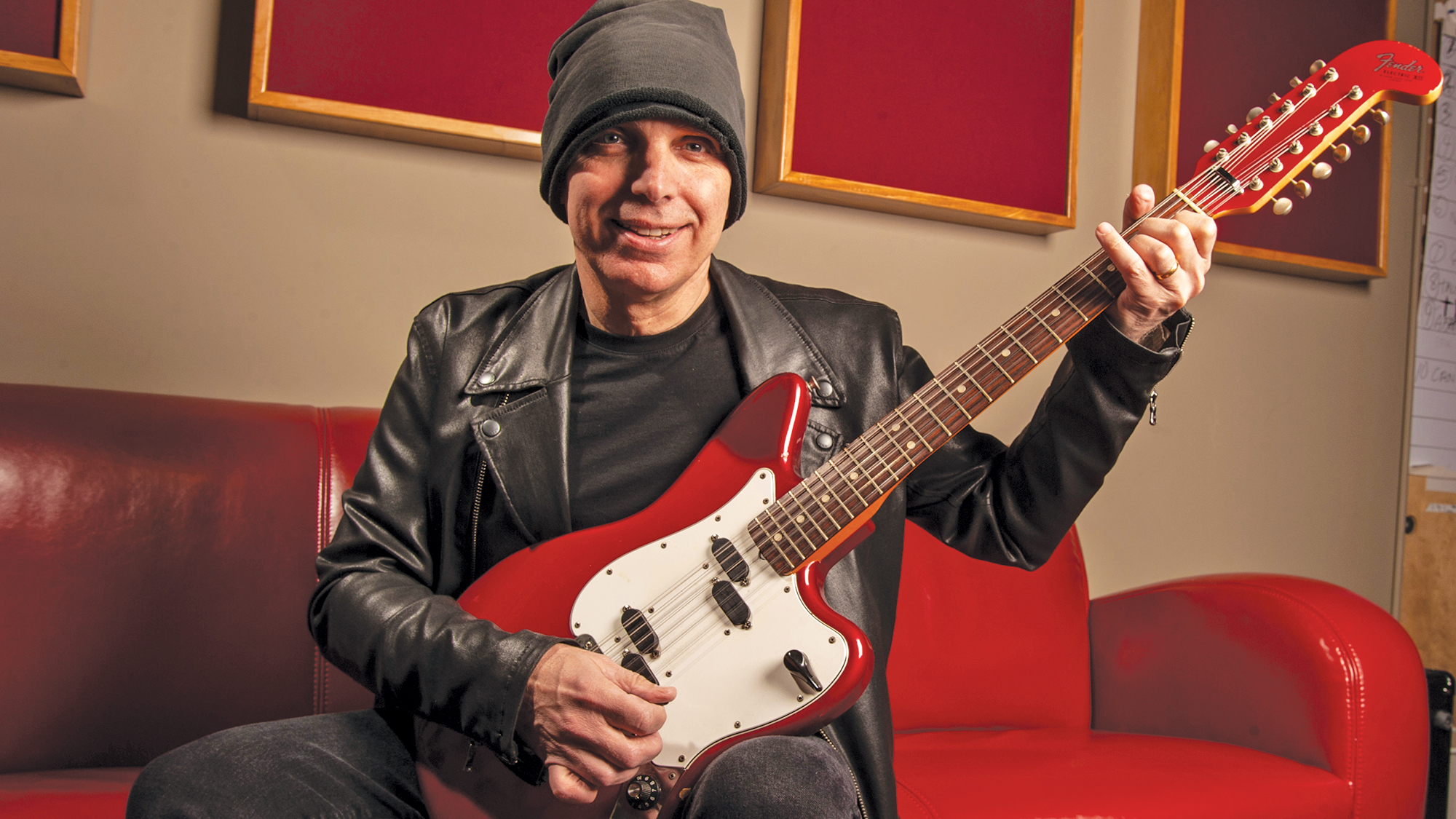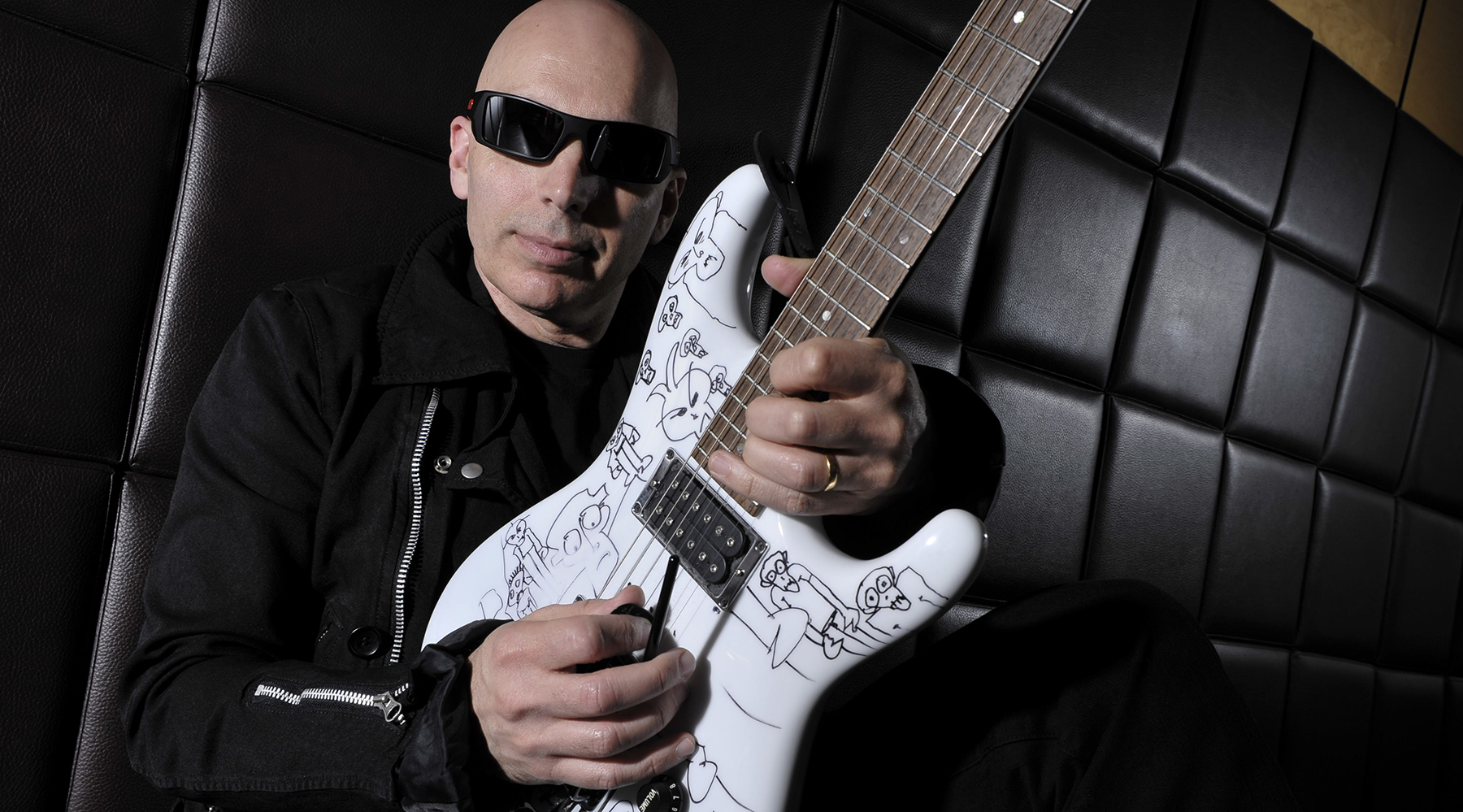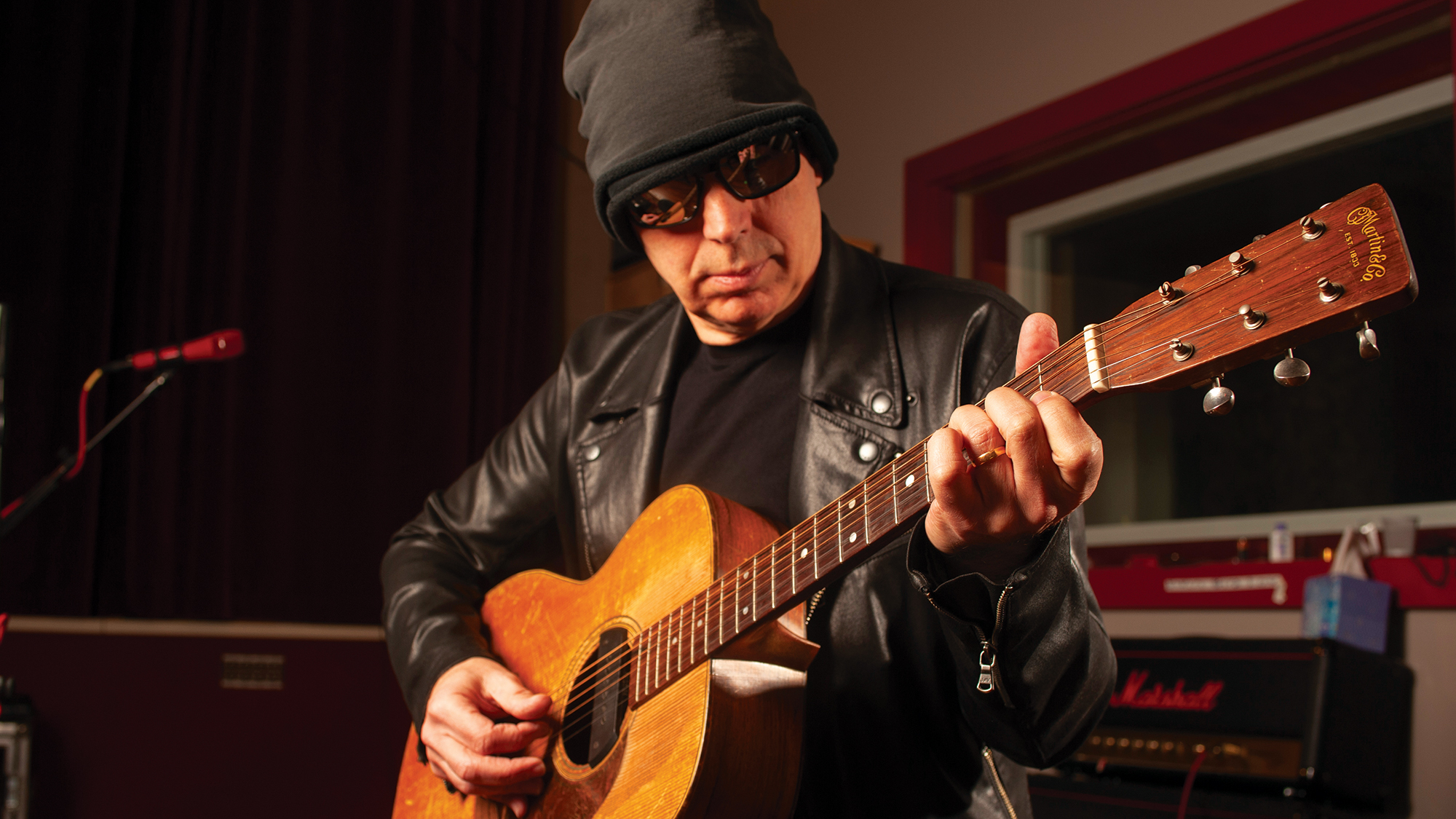“Working in a vintage guitar shop, you get disillusioned about the price of these things and what they sound like.” Joe Satriani doesn’t buy the vintage guitar hype. He reveals the moment he knew classic axes aren’t what they're cracked up to be
Instead of focusing on unearthing obscure vintage gems, he’s been putting Ibanez’s luthiers through their paces

Unlike many of his peers, Joe Satriani isn’t a vintage gear obsessive. That's not to say he doesn't own a few classic axes. In fact, he shared a few gems from his collection with us back in 2020.
But even then, he was culling the herd. For that matter, he never understood the hype about vintage guitars — or the prices they command.
Long before his name was up in lights as a shred supremo, Satriani spent a decade teaching guitar out of Second Hand Guitars in Berkeley, California. The likes of Steve Vai, Alex Skolnick and super-collector Kirk Hammett all drank from his fountain of knowledge. The gig also afforded him the chance to wrap his hands around gear that would make Joe Bonamassa drool.
Satriani, though, didn’t gel with this slew of vintage picks.
“Working in a vintage guitar shop, you kind of get disillusioned about the price of these things and what they actually sound like,” he says in a new video with D’Addario.
“After hours, we would sit there, my friends and I, and we would play all these guitars that were supposedly the most expensive, the most valuable, rare guitars. And they'd be like, ‘There's nothing special about it.’
It's easy for players to be seduced by the magic of vintage guitars. They come from a time when the craftsmanship was meant to be on another scale, and players can source guitars with beautiful backstories, like Joe Bonamassa's "Royal Albert" Les Paul, that set him back a tidy $190,000.
All the latest guitar news, interviews, lessons, reviews, deals and more, direct to your inbox!
And, of course, there’s the thrill of the chase — finding an ultra-rare Gibson Les Paul in a second-hand store is far more exciting than ordering a brand-new build direct from Gibson.
But when it came to an instrument’s performance, Satriani felt unmoved by the guitars he tried. That, he says, is the most important qualifier of a good guitar.
“The musician has to connect with the guitar for it to become special,” he ascertains.
His answer, several years down the line, was to make the most of his blossoming relationship with Ibanez. He wanted to look forward, not back.
“I thought, We can start building our own guitars,” he says. That led to the creation of his first signature guitar, the JS1, which arrived in 1990 and has since been followed by the JS2 (dubbed "Chromeboy"), the JS3 and an ever-growing line of JS guitars.

Since then, there's been an ambitious Crystal Planet JS prototype, which is completely see-through and even features glass bobbins, plus countless other models that have pushed Ibanez's luthiers to their limits.
And when it came to replicating Eddie Van Halen's tone on the Best of All Worlds tour, Satriani modded off-the-shelf axes instead of trawling vintage guitar stores for period-correct models.
The other vintage guitar sticking point, in Satriani’s eyes, is the inflated prices. And it’s easy to see where his grievances lie there. The original “Royal Albert” owner had spent £50 on the electric guitar in the late ‘60s, which is a drop in the ocean compared to JoBo’s outlay.
Then there’s the Kapa Minstrel, the once budget-priced $135 guitar that’s garnered a sizable reputation in the intervening years, and a price tag to match at around six times the original price.

David Gilmour might be inclined to agree with him. The former Pink Floyd guitarist said he couldn't pick out his famous Black Strat in a blindfold test against Fender's reissue models. That admission holds a lot of weight considering the original Black Strat, which featured on The Dark Side of the Moon and Pink Floyd's legendary Live at Pompeii performance, became the most expensive guitar sold at auction when it went for just shy of $4 million in 2019.
Elsewhere, Satriani has said he's happy that a whole generation of guitarists is out-shredding him, has come to the defense of Kurt Cobain's guitar chops, and revealed that he convinced Jeff Beck to sign up for a G3 tour, only for the maverick guitarist to pull out last minute.
A freelance writer with a penchant for music that gets weird, Phil is a regular contributor to Prog, Guitar World, and Total Guitar magazines and is especially keen on shining a light on unknown artists. Outside of the journalism realm, you can find him writing angular riffs in progressive metal band, Prognosis, in which he slings an 8-string Strandberg Boden Original, churning that low string through a variety of tunings. He's also a published author and is currently penning his debut novel which chucks fantasy, mythology and humanity into a great big melting pot.


